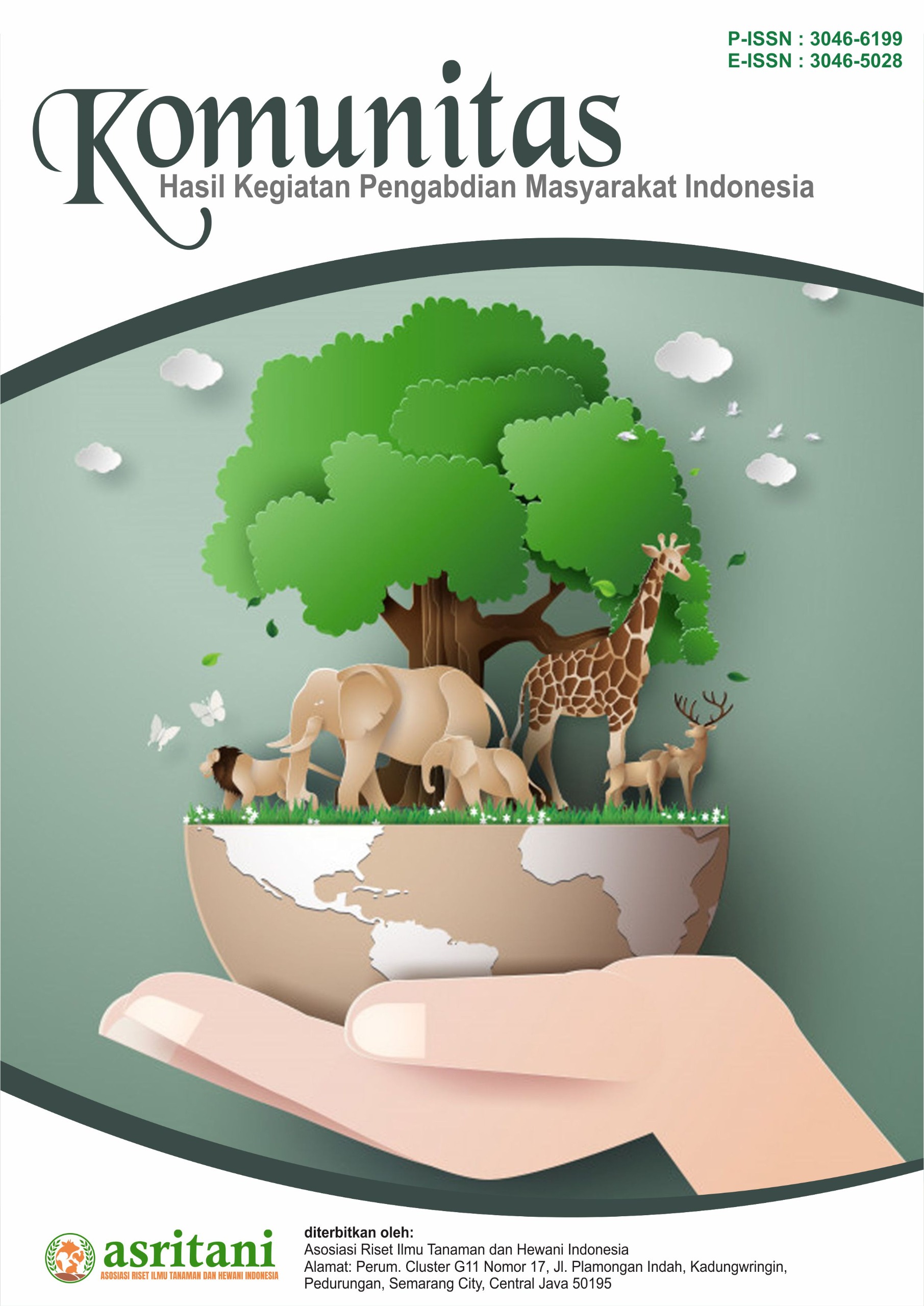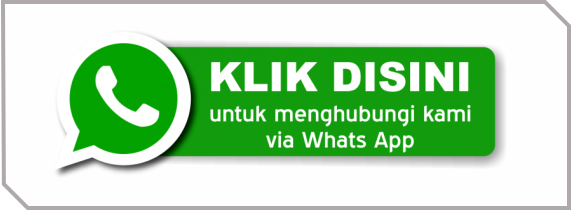Penguatan Konsep Elektrolisis melalui Praktikum Interaktif pada Kelas XII A di SMAN I Suwawa
DOI:
https://doi.org/10.62951/komunitas.v2i4.121Keywords:
electrolysis, interactive laboratory, science learning, educational technologyAbstract
The purpose of this community service activity is to strengthen the concept of electrolysis for students of SMAN 1 Suwawa through interactive laboratory exercises, as well as to enhance students' understanding and practical skills related to the electrolysis process. The partners involved in this activity include the Principal, Chemistry Teacher, and all 12th-grade students of SMAN 1 Suwawa. The implementation method of the activity involves four main stages: a pre-test to measure initial understanding, providing material to reinforce the concept of electrolysis, conducting interactive laboratory exercises using electroplating tools, and a post-test to measure the improvement in students' understanding. The results of this activity show a significant improvement in the understanding of electrolysis concepts, with an N-Gain value of 76.8%, indicating the effectiveness of this method in improving students' learning outcomes. Based on these findings, it is recommended to continue applying interactive laboratory approaches in science education in secondary schools, as well as utilizing technology and interactive modules to support students' understanding of complex chemical concepts. Additionally, teacher training is also important to ensure the sustainability of effective laboratory-based learning.
References
Achuthan, K., Raghavan, D., Shankar, B., Francis, S. P., & Kolil, V. K. (2021). Impact of remote experimentation, interactivity and platform effectiveness on laboratory learning outcomes. International Journal of Educational Technology in Higher Education, 18(1). https://doi.org/10.1186/s41239-021-00272-z
Ahmad, N. J., Yakob, N., Bunyamin, M. A. H., Winarno, N., & Akmal, W. H. (2021). The effect of interactive computer animation and simulation on students’ achievement and motivation in learning electrochemistry. Jurnal Pendidikan IPA Indonesia, 10(3), 311–324. https://doi.org/10.15294/jpii.v10i3.26013
Hidayat, R., & Subekti, T. (2023). Implementasi pembelajaran berbasis laboratorium virtual dalam meningkatkan pemahaman konsep elektrokimia siswa SMA. Jurnal Pendidikan Sains Indonesia, 11(2), 198–212.
Kandahari, E., Smith, P. J., & Goeltz, J. C. (2021). Beyond the textbook: Introducing undergraduates to practical electrochemistry. Journal of Chemical Education, 98(10), 3263–3268. https://doi.org/10.1021/acs.jchemed.1c00155
Karpudewan, M., & Huri, N. H. D. (2022). Interdisciplinary electrochemistry STEM-lab activities replacing the single disciplinary electrochemistry curriculum for secondary schools. Journal of Chemical Education, 100(2), 998–1010. https://doi.org/10.1021/acs.jchemed.2c00469
Lin, C.-Y., & Wu, H. (2021). Effects of different ways of using visualizations on high school students’ electrochemistry conceptual understanding and motivation towards chemistry learning. Chemistry Education Research and Practice, 22(3), 786–801. https://doi.org/10.1039/d0rp00308e
Medvedev, J. J., Tracey, C., Engelhardt, H., Steksova, Y., Krivoshapkin, P. V., Krivoshapkina, E. F., & Klinkova, A. (2022). Hands-on electrochemical reduction of CO2: Understanding electrochemical principles through active learning. Journal of Chemical Education, 99(2), 1036–1043. https://doi.org/10.1021/acs.jchemed.1c01004
Mulyono, A., & Setiawan, I. (2022). Pembelajaran interaktif berbasis augmented reality untuk meningkatkan pemahaman elektrokimia mahasiswa. Jurnal Teknologi Pendidikan, 15(1), 75–89.
Rahman, A., & Wijayanti, R. (2023). Pengaruh penggunaan eksperimen virtual terhadap peningkatan pemahaman elektrokimia pada siswa SMA. Jurnal Pendidikan Kimia, 14(1), 56–70.
Supasorn, S., Wuttisela, K., Moonsarn, A., Khajornklin, P., Jarujamrus, P., & Chairam, S. (2022). Grade-11 students’ conceptual understanding of chemical reaction rate from learning by using the small-scale experiments. Jurnal Pendidikan IPA Indonesia, 11(3), 433–448. https://doi.org/10.15294/jpii.v11i3.36535
Wörner, S., Kühn, J., & Scheiter, K. (2022). The best of two worlds: A systematic review on combining real and virtual experiments in science education. Review of Educational Research, 92(6), 911–952. https://doi.org/10.3102/00346543221079417
Yuliana, N., & Prasetyo, A. (2023). Evaluasi penggunaan laboratorium virtual dalam pembelajaran elektrokimia di perguruan tinggi. Jurnal Penelitian dan Pengembangan Pendidikan, 9(3), 145–160.
Downloads
Published
How to Cite
Issue
Section
License
Copyright (c) 2025 Komunitas: Hasil Kegiatan Pengabdian Masyarakat Indonesia

This work is licensed under a Creative Commons Attribution-ShareAlike 4.0 International License.





